For many women, the weeks leading up to menstruation or the years leading into menopause can feel like a sudden shift in identity. You might find yourself unusually reactive, exhausted, or overwhelmed as if your mind and emotions no longer belong to you.
One week, you feel grounded and clear; the next, your patience evaporates over the smallest thing.
If this sounds familiar, you’re not alone and you’re certainly not “broken.”
What you’re feeling could be the neurobiological effects of PMDD (Premenstrual Dysphoric Disorder) or perimenopause both times when your brain is undergoing major hormonal recalibration.
These changes are not failures of mood or willpower. They’re signs of a brain adapting to new rhythms a complex, intelligent process of transition.
Your Brain and Hormones: A Two-Way Conversation
Hormones don’t just affect your reproductive system; they shape how your brain processes emotion, focus, and energy.
Estrogen, in particular, acts like a neurochemical amplifier influencing serotonin, dopamine, and GABA, which all regulate mood and cognition.
When estrogen dips sharply during the luteal phase in PMDD or throughout perimenopause these neurotransmitters can fluctuate too.
The result? The amygdala (the brain’s fear and emotional response center) becomes more reactive, while the prefrontal cortex (responsible for regulation and decision-making) may temporarily quiet down.
You might notice:
-
Heightened emotional sensitivity
-
Brain fog or indecision
-
Sleep disturbances
-
Irritability or anxiety that feels “out of nowhere”
This is not your brain malfunctioning it’s your brain recalibrating. It’s learning how to function in a shifting hormonal landscape.
“We’ve seen that healing the nervous system isn’t about control it’s about listening.”
The Science of Emotional Volatility
In PMDD and perimenopause, hormonal sensitivity doesn’t affect every woman the same way. Genetics, past stress exposure, and nervous system regulation all shape how resilient your brain chemistry is during these transitions.
Research shows that women with PMDD often have an increased sensitivity to normal hormonal fluctuations. It’s not that your hormones are “worse” it’s that your brain’s receptors are more reactive to the changes.
Think of it as the volume on your emotional amplifier turning up not because you’re weak, but because your neural wiring is responding more vividly.
Meanwhile, during perimenopause, the communication between the ovaries and the brain begins to evolve. This transition can influence:
-
Serotonin: affecting mood stability and sleep
-
GABA: influencing calmness and relaxation
-
Dopamine: regulating motivation and focus
When these systems are in flux, your nervous system may interpret daily stress as threat activating the fight-or-flight response more easily. That’s why emotional overwhelm or anxiety can feel amplified.
The Brain Is Trying to Protect You
From a neuroscience perspective, your brain’s reactions are intelligent.
When hormones fluctuate, the brain temporarily enters a protective mode scanning for safety, conserving energy, and prioritizing emotional expression as a survival tool.
It’s not sabotage; it’s communication.
Your nervous system might be saying:
“I need more regulation.”
“I’m recalibrating my balance between rest and drive.”
“I need gentler rhythms and fewer stressors to stabilize.”
Recognizing this pattern transforms self-judgment into self-understanding.
Your symptoms become signals meaningful data about your brain-body connection.
Light, Sound, and Neural Coherence
One emerging way to support the brain during hormonal transitions is through neurostimulation gentle light and sound patterns that encourage brainwave coherence.
At neuroVIZR, this approach is called visual and auditory neuromodulation. It uses rhythmic, multi-sensory stimulation to guide the brain toward balance helping neural networks communicate more efficiently.
While traditional hormone or medication therapies focus on biochemical changes, neurostimulation speaks directly to the brain’s electrical rhythm.
It doesn’t replace medical treatment it complements it by supporting neuroflexibility the ability of the brain to adapt and self-regulate under change.
Women using this kind of sensory-based approach often report:
-
Feeling calmer and more centered during mood shifts
-
Improved sleep and focus
-
Reduced sense of overwhelm during hormonal cycles
“When your inner rhythms feel unpredictable, giving your brain a steady external rhythm can restore a sense of internal safety.”
Integration: Working With Your Brain
Here are a few gentle ways to support your system as it adapts:
-
Body Check-Ins: Notice early signs of tension, fatigue, or irritability. Treat them as signals to pause, not push.
-
Rhythmic Regulation: Breathwork, light morning exposure, or mindful movement help reset circadian and hormonal rhythms.
-
Somatic Grounding: Warm compresses, gentle stretching, or slow rocking can stimulate the vagus nerve, supporting emotional calm.
-
Cognitive Reframing: When irritability hits, remind yourself: “My brain is adjusting, not malfunctioning.”
-
Neurostimulation Practices: Using rhythmic light and sound (like neuroVIZR sessions) can help stabilize your neural rhythms during phases of imbalance.
The Reframe: Adaptation, Not Decline
When women understand that PMDD and perimenopause are not signs of loss, but of adaptation, everything changes.
This awareness transforms frustration into curiosity fear into partnership with your own biology.
You begin to see that your brain is working for you recalibrating your neural networks to align with a new phase of life.
And when you add tools that gently support that process science, self-compassion, and sensory coherence you create conditions for long-term balance and clarity.
“Healing isn’t about silencing your emotions it’s about understanding what your brain is trying to teach you.”
Conclusion
PMDD and perimenopause are invitations not punishments.
They ask us to slow down, listen, and respect the intelligence of a brain in transition.
With the right combination of neuroscience insight, emotional compassion, and practical tools, you can experience this phase not as chaos but as communication.
At neuroVIZR, we translate neuroscience into sensory experiences that help your brain find its rhythm again naturally, safely, and beautifully.
Key Takeaways
-
Hormonal shifts in PMDD and perimenopause affect brain chemistry and emotional regulation.
-
These changes are adaptive your brain is recalibrating to new hormonal patterns.
-
Light and sound neurostimulation can support neural balance and calm.
-
Compassion and self-awareness turn hormonal chaos into communication and connection.
FAQ’s
Is PMDD caused by high or low estrogen?
PMDD isn’t caused by the amount of estrogen but by how the brain reacts to normal hormonal changes. It’s a sensitivity to estrogen and progesterone fluctuations, not consistently high or low levels.
Can PMDD go away on its own?
Symptoms can lessen with age or lifestyle changes, but PMDD usually doesn’t disappear without support. Managing stress, sleep, and hormonal balance or using neuroscience-based regulation tools can help reduce its impact.
At what age does PMDD peak?
PMDD often peaks in the late 20s to mid-30s, though some women experience it into their 40s, especially as they approach perimenopause.
Disclaimer
This content is for informational and educational purposes only. It is not intended to diagnose, treat, cure, or prevent any medical condition. Always consult a qualified healthcare professional before making changes to your health or wellness routine. neuroVIZR does not claim to treat PMDD, perimenopause, or any related disorders.



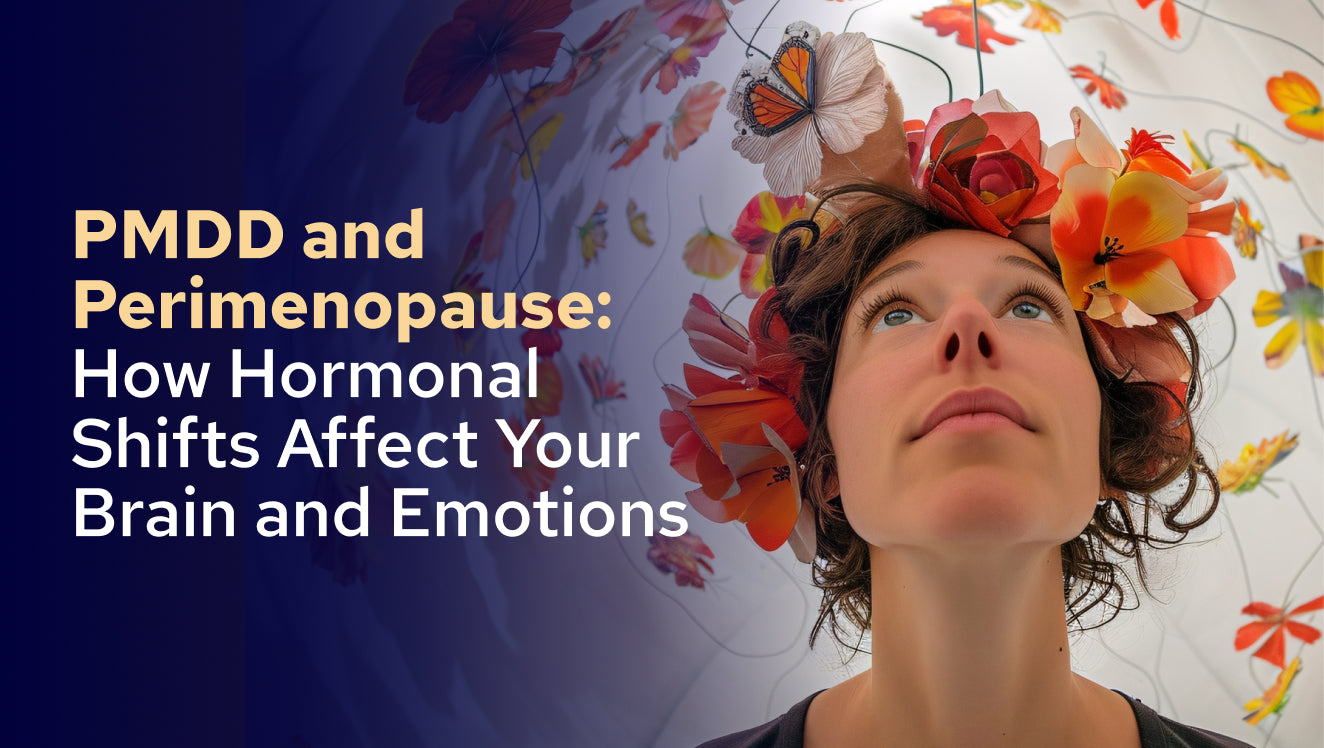


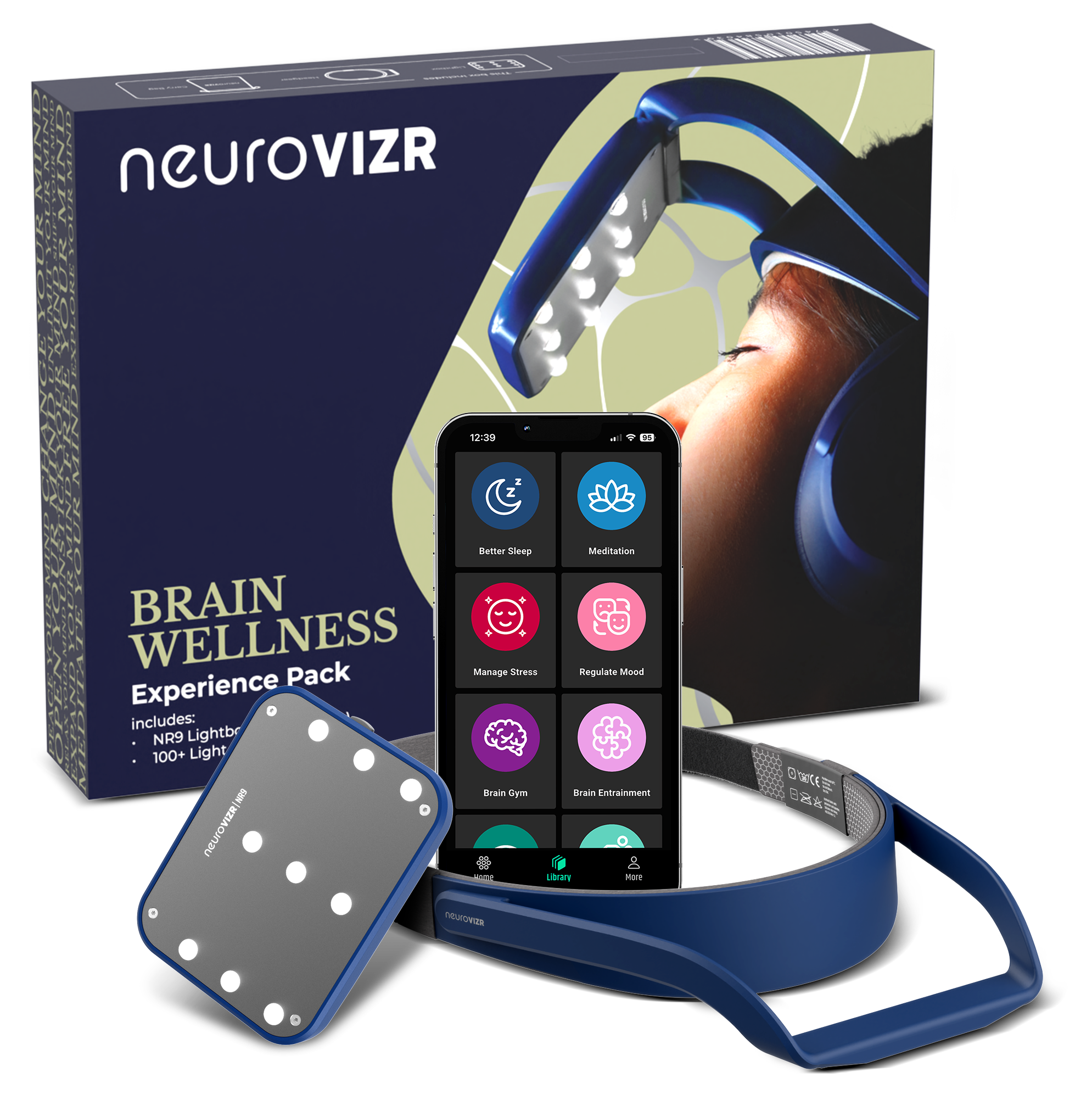




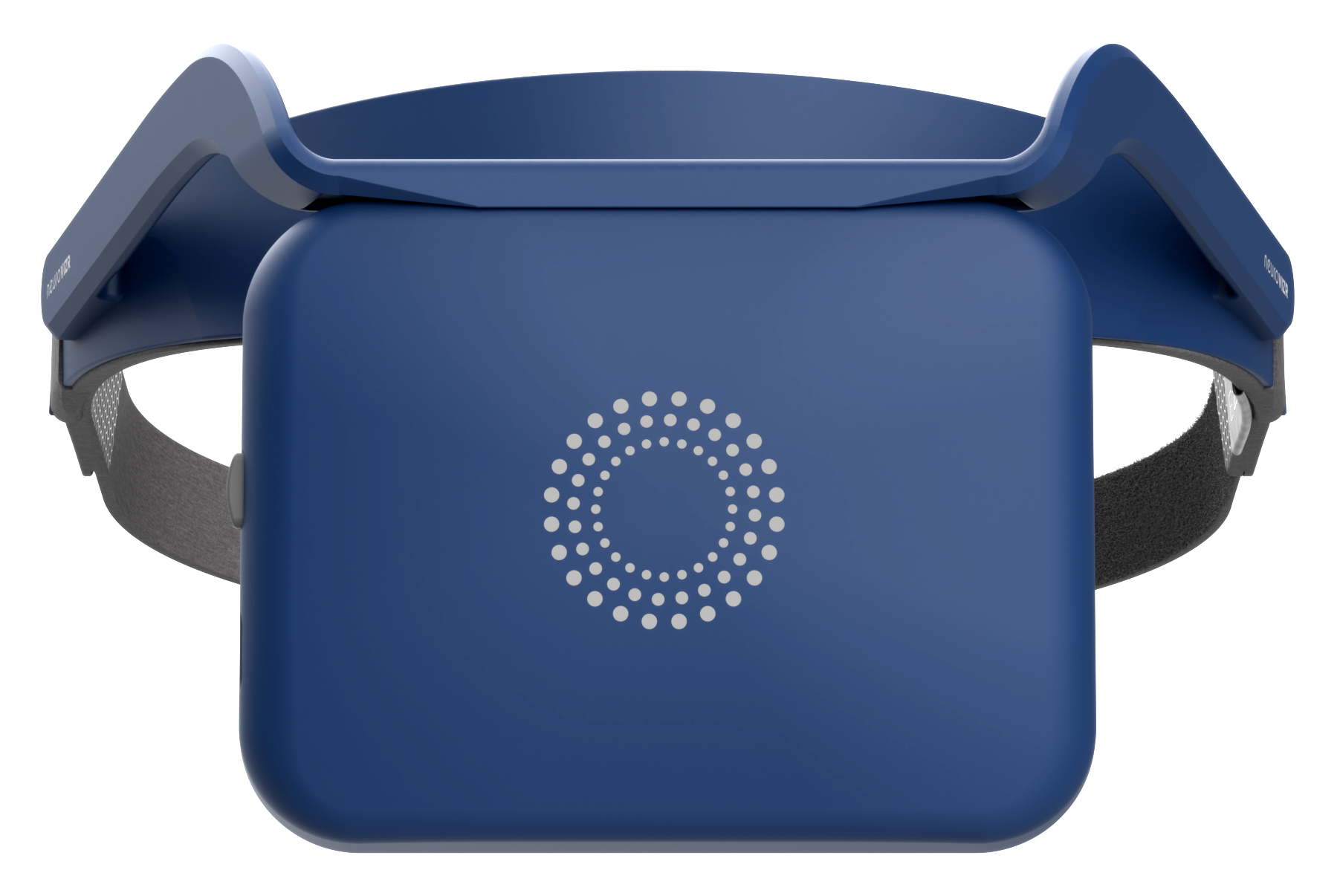


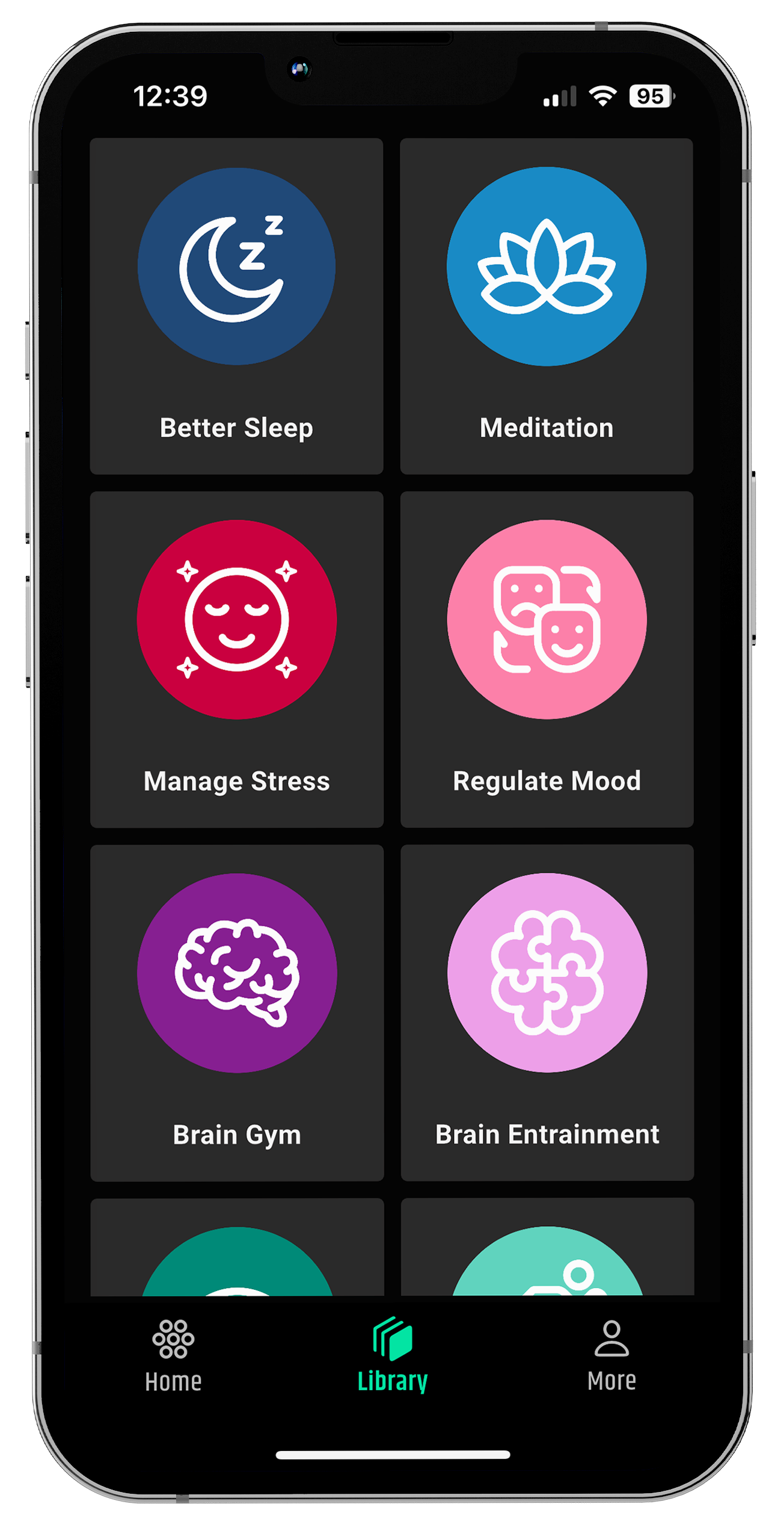


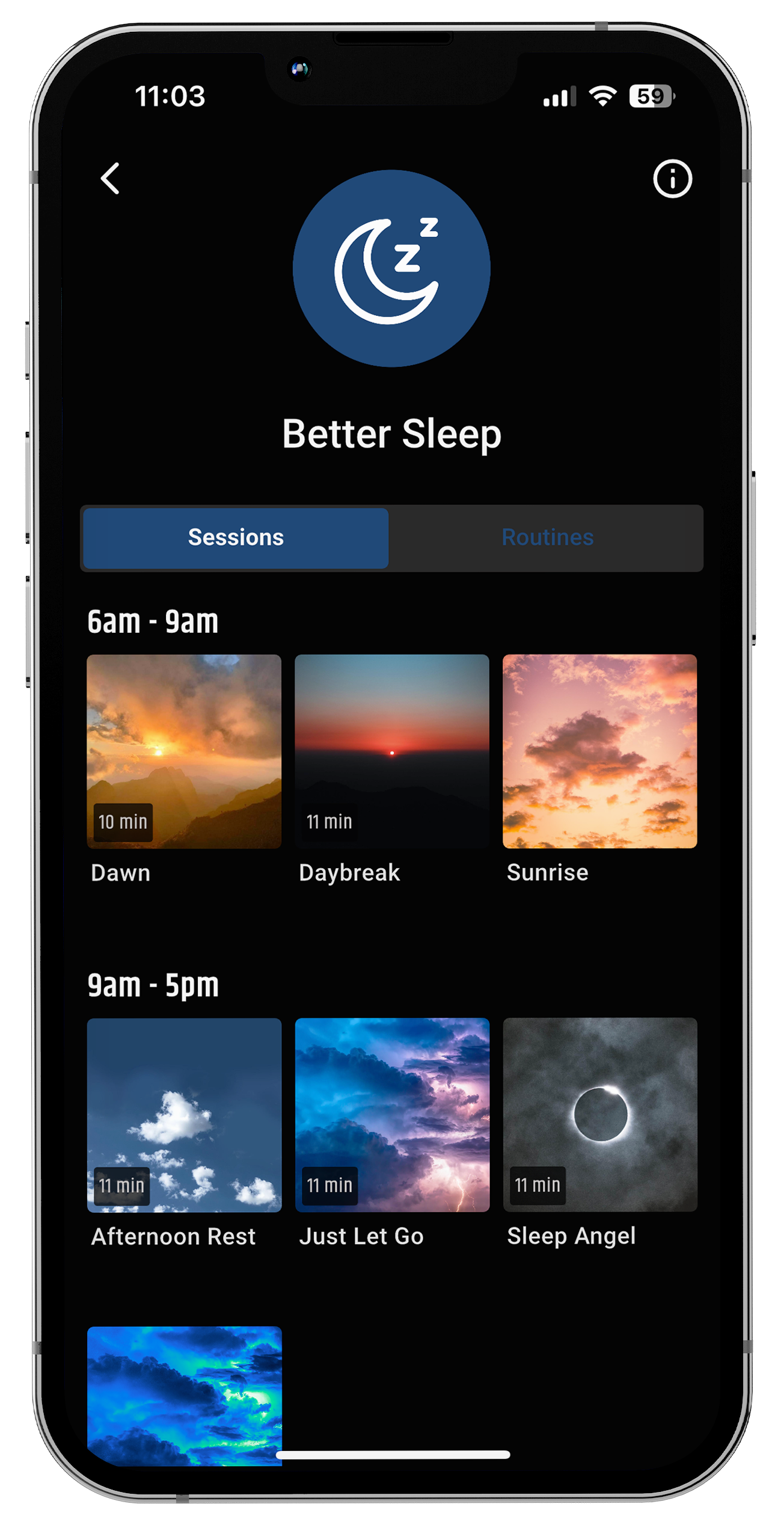









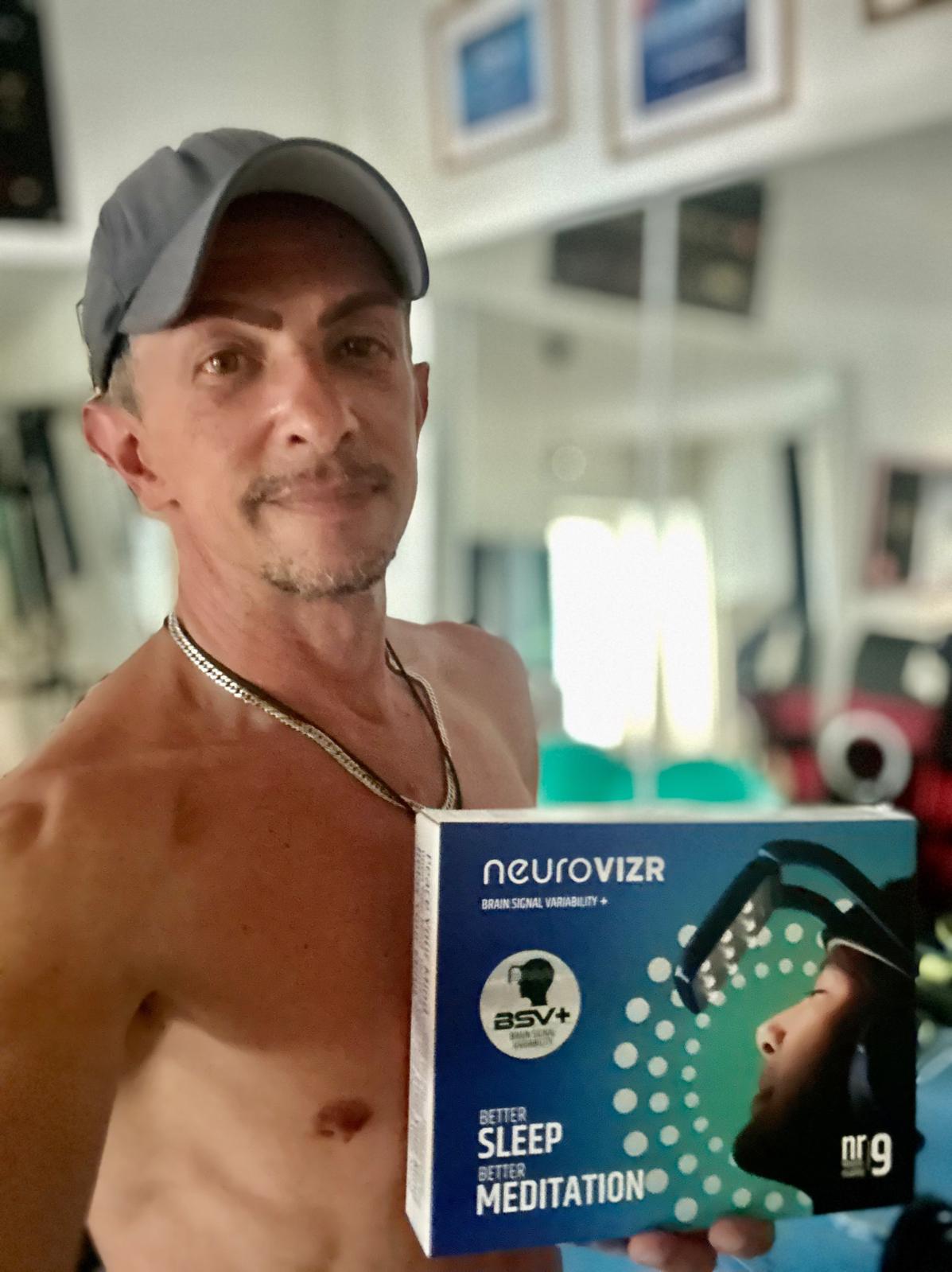
Teilen:
Welttag gegen Stress: Wie Ihnen das Verständnis Ihres Gehirns helfen kann, wieder Ruhe zu finden
Movember – Monat der Männergesundheit 2025